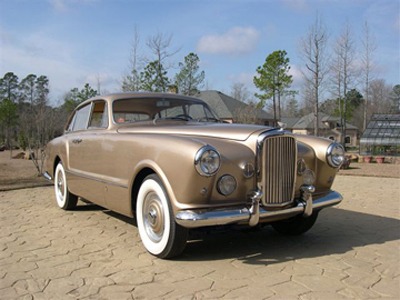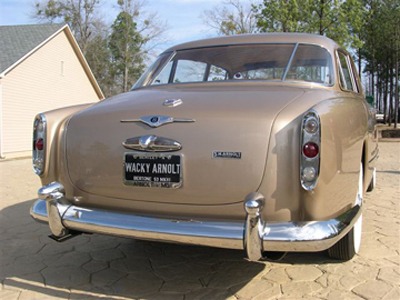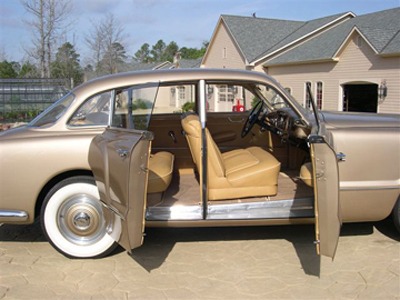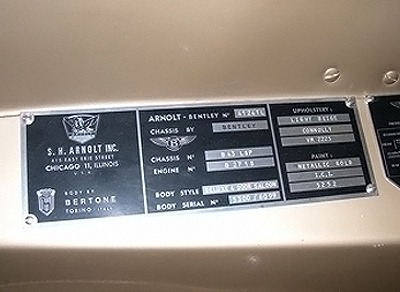The story of Bertone: the Most Controversial Coachbuilder Ever
The beginning of Bertone Bertone was founded in November 1912, when Giovanni Bertone, then aged 28, opened a workshop specialising in the construction and…








The Bentley R-Type Continental Bertone chassis B43LSP.
The Bentley R-Type Continental Bertone: the custom body that would be fitted to his Bentley R-Type was in essence an enlarged version of the body being fitted to the MG. Before Arnolt took delivery of his Bentley, Bertone showcased the car beside the MG Arnolts at the 1953 Paris and London Motor Shows. The large radiator and proportions of the Bentley R-Type Bertone lent themselves perfectly to the Italian coachwork, and the length created by the four doors aided the cars aristocratic yet sporting sensibilities. The interior was luxuriously appointed and customized to Arnolt’s specifications. Lifting up the wooden trays inserted to the rear of the front seats revealed three silver flasks engraved with the Wacky’s initials and crystal glasses. Where Mrs. Arnolt sat, on the right side of the car, the tray in its upright position, reveled a compartment specially made to hold her favorite perfume and cosmetic supplies. Given its heroic price, early owners included industrial titans Stavros Niarchos, Gianni Agnelli, and Aristotle Onassis, members of the Guinness, Embiricos, Rothschild, Mavroleon, Carnegie, and McAlpine dynasties. Automotive legends that chose an R-Type Continental included Donald Campbell, Georges Filipinetti, Stanley Sears, Briggs Cunningham, and Jack Dunfee, and included such Royal Patrons as the Maharajah of Indore, the Emperor Bao-Dai, the Aga Khan, Prince Frederick of Prussia, and the Shah of Iran—a veritable roll-call of the 1950s international jet-set! The early R-Type Continental had essentially the same engine as the standard R-Type but with modified carburation, induction and exhaust manifolds along with higher gear ratios. The A, B and C Series cars were fitted with 4.5 litre engines. This robust engine also utilized forged steel connecting rods, a forged nitrided steel crankshaft, cast aluminum pistons, and wet sump lubrication. Known as the B-60 engine, it produced 158 brake horsepower, thanks to dual SU H-6 carburetors, relatively high compression, and a large bore exhaust system. In July of 1954 production of the D-Series cars began with the bore increased to 3¾ inches, raising the displacement to 4,877cc as present here. Mated to a manual gearbox as with BC41D the result is a potent continental cruiser or surprisingly docile and manageable city charger. While the first 89 Continentals were equipped with four-speed manual gearboxes, the first automatic transmissions appeared midway through Series C production. Based upon the General Motors Hydra-Matic unit, the automatic transmission featured four forward speeds, wider ratio spacing than that of the manual gearbox, and a direct drive fourth gear. All automatic-equipped cars utilized a shift lever mounted on the steering column, and in all, 166 cars were fitted with manual gearboxes, while 42 examples were equipped with the automatic transmission.


The beginning of Bertone Bertone was founded in November 1912, when Giovanni Bertone, then aged 28, opened a workshop specialising in the construction and…
Missing or wrong informations?
Carrozzieri-Italiani.com relies on thousend of users who help to populate the database. We do not guarantee the accuracy of the informations. Contact us if you want to contribute.
